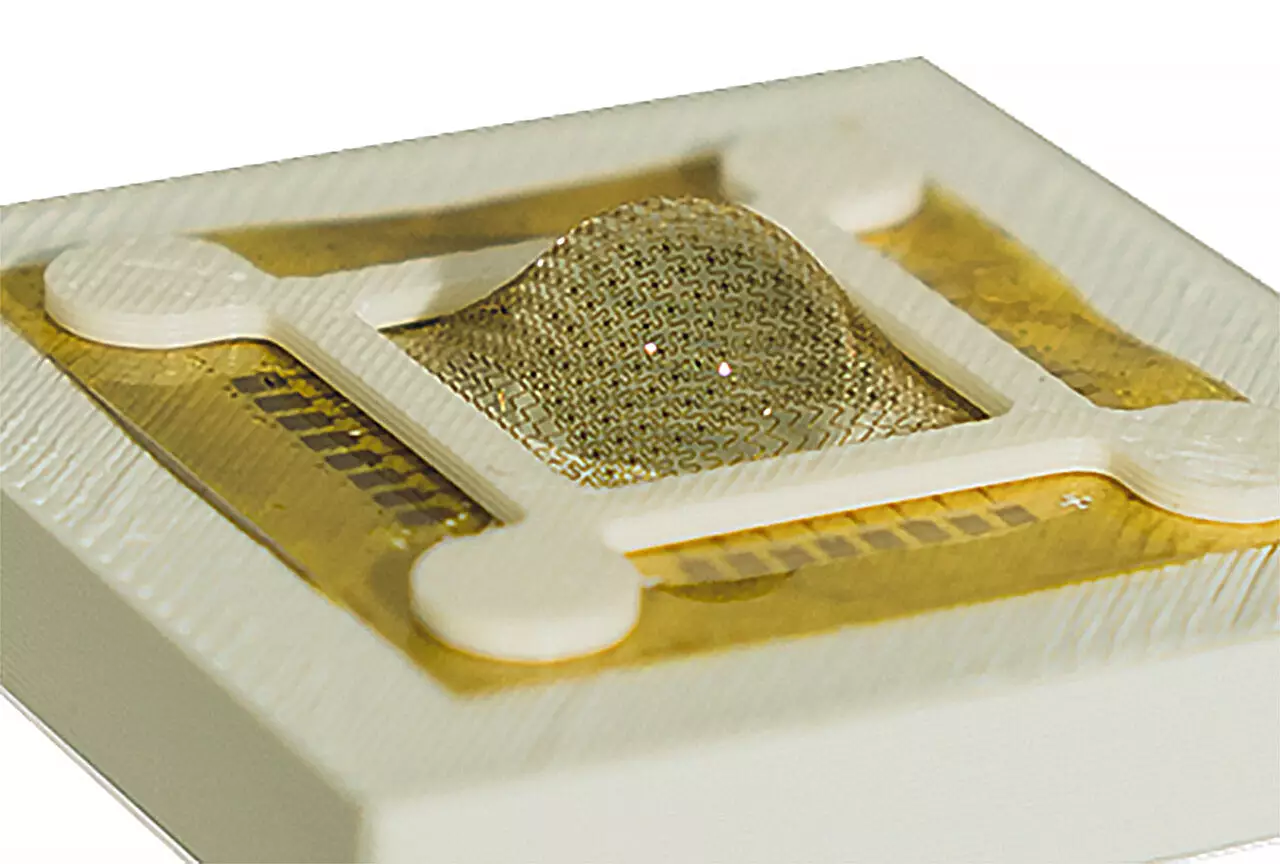Self-driving cars have made significant advancements in recent years, but they still face challenges when it comes to processing visual information. The limitations of their visual systems have led researchers to look to nature for inspiration. By studying the unique visual capabilities of insects like the praying mantis, researchers at the University of Virginia School of Engineering and Applied Science have developed artificial compound eyes that overcome the shortcomings of traditional visual systems.
Unlike self-driving cars with monocular vision, praying mantises possess binocular vision that provides them with depth perception in 3D space. The research team at the University of Virginia replicated this biological capability by integrating microlenses and multiple photodiodes into their artificial compound eyes. By using flexible semiconductor materials to emulate the convex shapes and faceted positions within mantis eyes, the team was able to create a sensor that delivers precise spatial awareness in real-time.
The artificial compound eyes developed by the research team have a wide range of potential applications, including low-power vehicles, drones, self-driving vehicles, robotic assembly, surveillance and security systems, and smart home devices. One of the key advantages of these artificial compound eyes is their significantly reduced power consumption compared to traditional visual systems. By processing visual information in real-time and minimizing the need for external computation, the artificial compound eyes offer a more efficient and energy-saving solution for machines that interact with dynamic surroundings.
The integration of flexible semiconductor materials, conformal devices, in-sensor memory components, and unique post-processing algorithms represents a significant technological breakthrough in the development of artificial compound eyes. By continuously monitoring changes in the scene, identifying pixel changes, and encoding this information into smaller data sets for processing, the artificial compound eyes mimic how insects perceive the world through visual cues. This approach, which includes motion parallax and stereopsis, enables efficient and accurate 3D spatiotemporal perception, revolutionizing visual systems in various fields.
The work of the research team at the University of Virginia presents a clever biomimetic solution to complex visual processing challenges. By combining advanced materials and algorithms to replicate the visual capabilities of insects like the praying mantis, the team has opened up new possibilities for engineers and scientists. The seamless fusion of nature-inspired design and cutting-edge technology has the potential to inspire future innovations in the field of visual systems and beyond.


Leave a Reply